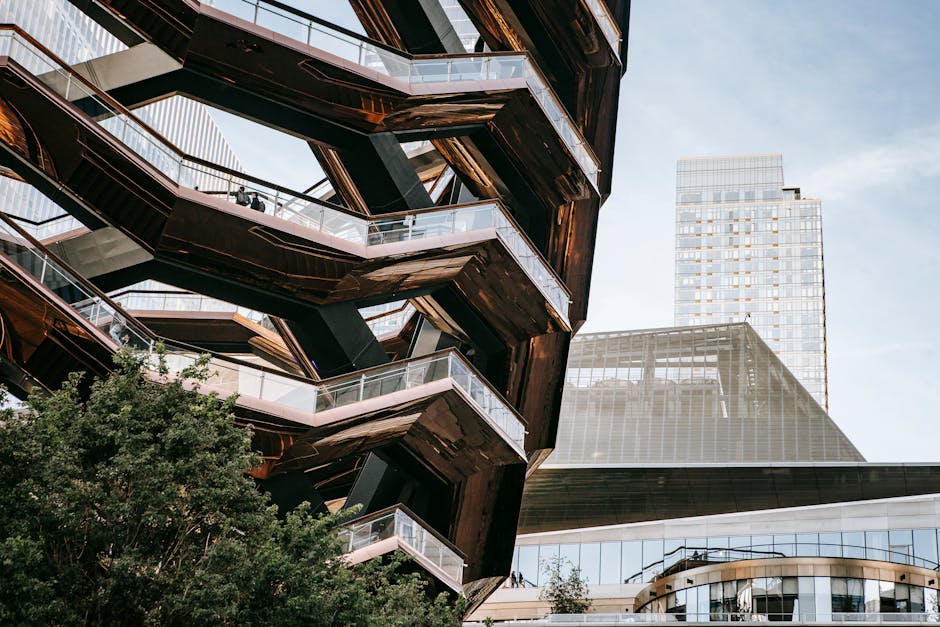How Tourism Shapes Urban Development
Tourism has long been a driving force behind the transformation of cities worldwide. From the cobblestone streets of historic European towns to the neon-lit skylines of modern metropolises, the influx of visitors reshapes infrastructure, culture, and economic priorities. As urban centers adapt to accommodate travelers, the interplay between tourism and development reveals both opportunities and challenges that define the future of cities.
Economic Revitalization and Infrastructure Growth
One of the most visible impacts of tourism is its ability to stimulate local economies. Cities with thriving tourism industries often experience increased investment in transportation, hospitality, and entertainment sectors. Airports expand, public transit systems modernize, and new hotels and restaurants emerge to cater to visitors. Barcelona, for instance, transformed its waterfront with the 1992 Olympics, turning a neglected industrial area into a bustling tourist hub. Similarly, Dubai’s rapid urbanization was fueled by its ambition to become a global tourism destination, resulting in iconic landmarks like the Burj Khalifa and Palm Jumeirah.
However, this growth is not without consequences. Over-reliance on tourism can create seasonal economies, leaving cities vulnerable during off-peak periods. Additionally, the strain on resources—such as water and energy—can lead to sustainability challenges that require careful urban planning.
Cultural Preservation and Commodification
Tourism often acts as a double-edged sword for cultural heritage. On one hand, it provides the financial means to restore and maintain historic sites. Cities like Kyoto and Venice rely on tourist revenue to preserve ancient temples and canals that might otherwise deteriorate. Festivals, museums, and traditional crafts gain renewed attention as they become part of the visitor experience.
Yet, the commercialization of culture can also dilute authenticity. Neighborhoods once known for their local character may gradually shift to cater to tourist expectations, displacing long-time residents and altering the social fabric. The rise of “overtourism” in cities like Amsterdam and Barcelona has sparked debates about how to balance economic benefits with cultural integrity.
Urban Design and Livability
The demand for tourist-friendly spaces influences urban design in profound ways. Pedestrian zones, scenic viewpoints, and Instagram-worthy installations become priorities for city planners. Singapore’s Gardens by the Bay and New York’s High Line are examples of urban projects that enhance both tourist appeal and resident quality of life.
Conversely, the focus on tourism can sometimes overshadow the needs of locals. Rising property prices in popular areas push out affordable housing, and crowded streets disrupt daily routines. Cities must navigate these tensions by implementing policies—such as visitor caps or zoning regulations—that ensure tourism supports, rather than overwhelms, urban communities.
The Path Forward: Sustainable Tourism
As cities continue to evolve, the key lies in fostering sustainable tourism models. This includes promoting off-the-beaten-path destinations to alleviate pressure on hotspots, investing in eco-friendly infrastructure, and involving local communities in decision-making. By prioritizing long-term livability alongside economic gains, urban centers can harness tourism as a force for inclusive and resilient development.
In the end, the relationship between tourism and urban growth is a dynamic dance—one that requires harmony between welcoming the world and preserving the soul of a city.

